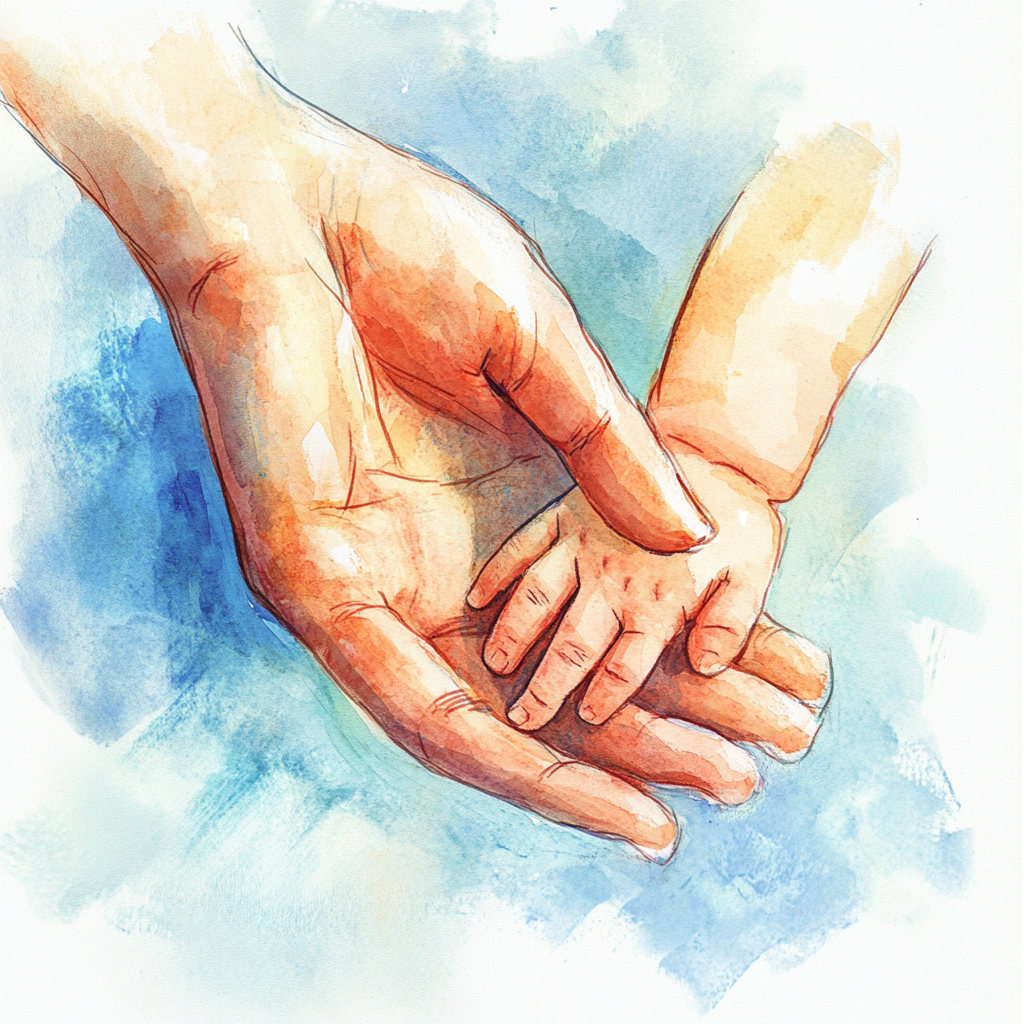
The turning of the wheel of the year: Letting go into autumn
Here in Nelson, autumn arrives with its familiar paradox—feeling simultaneously overdue and premature. As daylight hours shrink rapidly at the equinox, everything follows: cooling air, changing leaves, our energy moving inward. Yet just as our bodies call for rest, external demands intensify. Gardens need winterizing, projects need completing before snow flies. This tension between what must be done and what our bodies need isn't failure—it's the practice itself. Some thrive in autumn's cooling, others mourn summer's warmth. Understanding your constitutional pattern helps you navigate seasonal change with wisdom rather than resistance.

When is it narcissism? A practical guide to understanding difficult behaviour
When someone consistently prioritizes their needs over yours, you might wonder: are they narcissistic? This practical guide helps you distinguish between true narcissism, emotional immaturity, and situational selfishness—and understand what each means for your relationship choices.

What is somatic therapy and how does it work?
Somatic therapy integrates body awareness with traditional counselling to help you heal trauma, manage anxiety, and reconnect with yourself. This comprehensive guide explains how it works, who it helps, and what to expect in sessions.

Body-based foundations for healing attachment
Your attachment patterns live in your body. This comprehensive guide provides progressive somatic practices - from basic body awareness to advanced regulation techniques - for transforming attachment wounds through embodied healing.

How do attachment styles work (and am I stuck with mine)?
Attachment patterns shape our relationships, but they're more flexible than you might think. Discover how these patterns develop, shift across contexts, and can change through supportive relationships and conscious practice.

Understanding needs vs. strategies: A key to better relationships
Most relationship conflicts stem from confusing needs with strategies. Learn this essential distinction and discover practical tools for better communication, deeper understanding, and creative solutions that honor everyone's needs.
